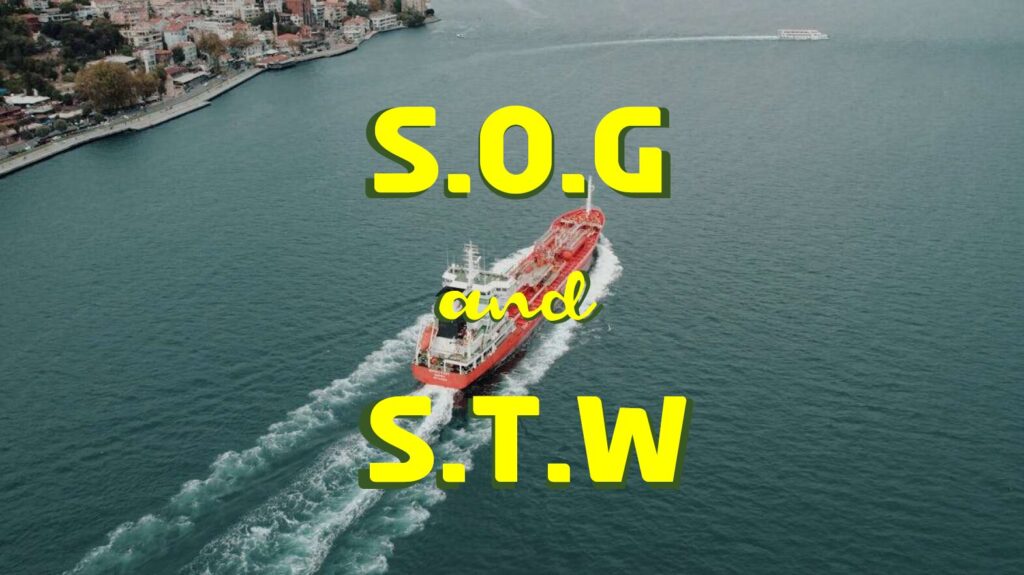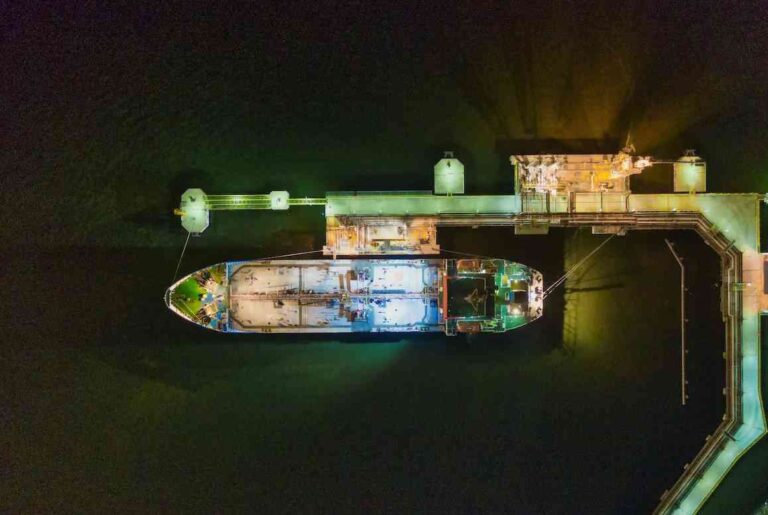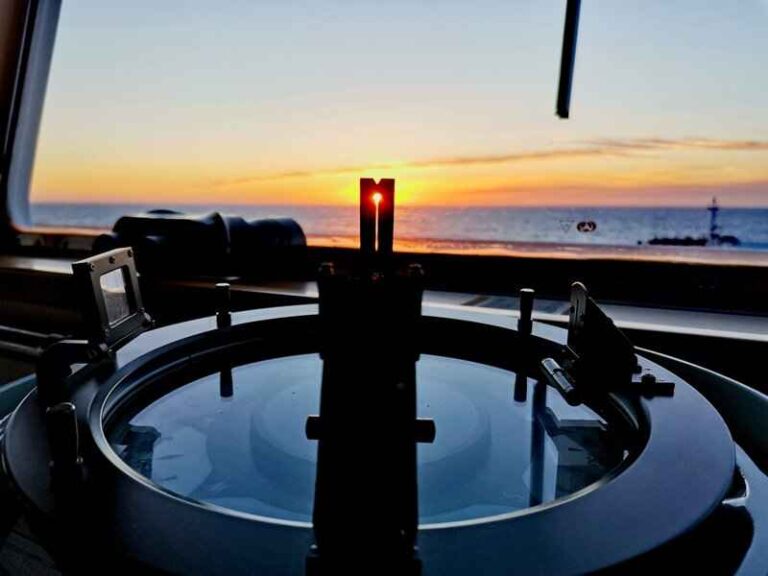
Sailing the open seas combines skill and knowledge. Modern tech gives sailors lots of info to make smart choices. Two key measurements in sea navigation are Speed-Through-Water (STW) and Speed-Over-Ground (SOG). Here’s the thing: you can’t swap them out. Each has its own use, and knowing when and why to use them can make all the difference between a smooth trip and a possible mishap.
In this blog, we’ll break down how STW and SOG differ, look at when to use each one best, and explain why STW is your top choice to avoid collisions, while SOG works great for planning voyages and port operations. Let’s get started.
STW vs. SOG: What’s the Difference?
Before we get into the specifics, let’s clarify what these terms mean:
- Speed-Through-Water (STW): This is your vessel’s speed relative to the water it’s moving through. It’s measured using tools like the ship’s log and reflects your actual hydrodynamic performance.
- Speed-Over-Ground (SOG): This is your vessel’s speed relative to the Earth’s surface. It factors in external forces like currents, tides, and wind, showing how fast you’re moving across a chart or map.
These two metrics are both significant, but they address different objectives. Let’s explore where each one excels.
When to Use Speed-Through-Water (STW)
✅ Collision Avoidance
When it comes to assessing the risk of collision, STW is critical. Here’s why:
- True Maneuverability: STW reflects your vessel’s actual movement through the water, which determines how quickly you can stop, turn, or change course, which is directly tied to its hydrodynamic performance. This includes:
Stopping Distance: The vessel’s ability to stop depends on its speed through the water, as hydrodynamic drag and propeller thrust are functions of STW.
Turning and Course Changes: Rudder effectiveness and the vessel’s response to helm commands are determined by the flow of water over the hull and rudder, which is directly related to STW. It is critical as it reflects the vessel’s interaction with the water, which is what generates the forces needed for maneuvering. Speed-Over-Ground (SOG), which includes the effect of currents, does not provide this information.
- Relative Motion: Collision risks depend on how vessels are moving relative to each other in the water, not over the ground. STW gives you a clear picture of this relative motion.
Example: Two vessels in a strong current might have the same SOG, but their STW could differ significantly. Relying on SOG could lead to a false sense of security, while STW reveals the true risk.
✅ Open Waters and Ocean Navigation
In open seas, where currents and tides are less predictable, STW helps you understand your vessel’s true performance. It’s particularly useful for calculating fuel efficiency and ensuring optimal engine performance.
When to Use Speed-Over-Ground (SOG)
✅ Voyage Planning and ETAs
SOG is your best friend when planning a voyage. It tells you how fast you’re moving over the Earth’s surface, which is essential for:
- Calculating Estimated Time of Arrival (ETA): SOG helps you predict when you’ll reach your destination, accounting for currents and tides.
- Fuel Efficiency Monitoring: By understanding how external forces affect your speed, you can optimize fuel consumption and reduce costs.
✅ Position Fixing and Chart Plotting
When plotting your course on a chart, SOG is the metric you’ll rely on. It shows your actual progress over the ground, helping you stay on track and avoid hazards.
✅ Ports and Congested Waters
In ports, harbors, and congested waterways, SOG is the preferred metric. Here’s why:
- Precision in Tight Spaces: SOG gives you a clear picture of your vessel’s movement relative to fixed objects like docks, buoys, and other vessels. This is critical for safe maneuvering in confined areas.
- Accounting for Currents and Tides: In ports, currents and tides can significantly affect your vessel’s movement. SOG helps you compensate for these forces, ensuring precise navigation.
Example: When docking, you need to know exactly how fast you’re moving toward the berth. SOG provides this information, allowing you to make precise adjustments to your speed and course.
Why STW is Critical for Safety, and SOG is Key for Efficiency
The key takeaway is this: STW and SOG are complementary, not competing, metrics.
- STW is about safety. It gives you a real-time understanding of your vessel’s movement through the water, which is essential for collision avoidance and open-water navigation.
- SOG is about efficiency and precision. It helps you plan your voyage, monitor your progress, and navigate safely in ports and congested waters.
Using the wrong metric at the wrong time can lead to costly mistakes. For example:
- Relying on SOG for collision avoidance could result in misjudging the closing speed of another vessel.
- Using STW for port navigation might cause you to underestimate the impact of currents, leading to unsafe maneuvers.
A Practical Example: STW and SOG in Action
Imagine you’re navigating a busy shipping lane with a strong cross-current. Here’s how STW and SOG come into play:
- STW: You notice another vessel on your radar. By focusing on STW, you accurately assess the closing speed and take evasive action to avoid a collision.
- SOG: As you approach a port, you switch to SOG to monitor your progress and adjust your course to account for the current, ensuring a safe and precise docking maneuver.
This example highlights the importance of using the right metric for the right situation.
Final Thoughts: Mastering the Balance Between STW and SOG
In marine navigation, knowledge is power. Understanding the difference between STW and SOG—and knowing when to use each—can make you a more effective and safer seafarer.
- Use STW for collision avoidance and open-water navigation. It’s your safety net, ensuring you can react quickly and effectively to potential hazards.
- Use SOG for voyage planning, progress monitoring, and port operations. It’s your roadmap, helping you navigate efficiently and precisely in all conditions.
By mastering the balance between these two metrics, you’ll not only enhance your navigational skills but also contribute to a safer and more efficient maritime industry.




